Marcus Kaiser
Fusing Narrative Semantics for Financial Volatility Forecasting
Oct 23, 2025Abstract:We introduce M2VN: Multi-Modal Volatility Network, a novel deep learning-based framework for financial volatility forecasting that unifies time series features with unstructured news data. M2VN leverages the representational power of deep neural networks to address two key challenges in this domain: (i) aligning and fusing heterogeneous data modalities, numerical financial data and textual information, and (ii) mitigating look-ahead bias that can undermine the validity of financial models. To achieve this, M2VN combines open-source market features with news embeddings generated by Time Machine GPT, a recently introduced point-in-time LLM, ensuring temporal integrity. An auxiliary alignment loss is introduced to enhance the integration of structured and unstructured data within the deep learning architecture. Extensive experiments demonstrate that M2VN consistently outperforms existing baselines, underscoring its practical value for risk management and financial decision-making in dynamic markets.
On Iterative Evaluation and Enhancement of Code Quality Using GPT-4o
Feb 11, 2025



Abstract:This paper introduces CodeQUEST, a novel framework leveraging Large Language Models (LLMs) to iteratively evaluate and enhance code quality across multiple dimensions, including readability, maintainability, efficiency, and security. The framework is divided into two main components: an Evaluator that assesses code quality across ten dimensions, providing both quantitative scores and qualitative summaries, and an Optimizer that iteratively improves the code based on the Evaluator's feedback. Our study demonstrates that CodeQUEST can effectively and robustly evaluate code quality, with its assessments aligning closely with established code quality metrics. Through a series of experiments using a curated dataset of Python and JavaScript examples, CodeQUEST demonstrated significant improvements in code quality, achieving a mean relative percentage improvement of 52.6%. The framework's evaluations were validated against a set of proxy metrics comprising of Pylint Score, Radon Maintainability Index, and Bandit output logs, showing a meaningful correlation. This highlights the potential of LLMs in automating code quality evaluation and improvement processes, presenting a significant advancement toward enhancing software development practices. The code implementation of the framework is available at: https://github.com/jpmorganchase/CodeQuest.
Data Generating Process to Evaluate Causal Discovery Techniques for Time Series Data
Apr 16, 2021

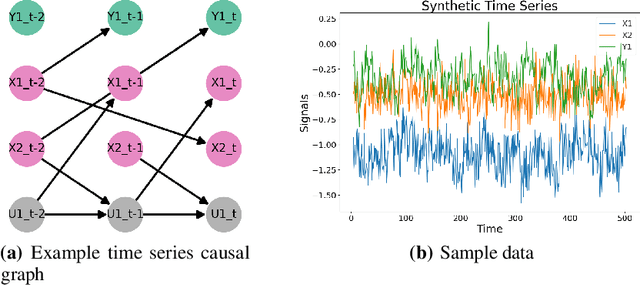

Abstract:Going beyond correlations, the understanding and identification of causal relationships in observational time series, an important subfield of Causal Discovery, poses a major challenge. The lack of access to a well-defined ground truth for real-world data creates the need to rely on synthetic data for the evaluation of these methods. Existing benchmarks are limited in their scope, as they either are restricted to a "static" selection of data sets, or do not allow for a granular assessment of the methods' performance when commonly made assumptions are violated. We propose a flexible and simple to use framework for generating time series data, which is aimed at developing, evaluating, and benchmarking time series causal discovery methods. In particular, the framework can be used to fine tune novel methods on vast amounts of data, without "overfitting" them to a benchmark, but rather so they perform well in real-world use cases. Using our framework, we evaluate prominent time series causal discovery methods and demonstrate a notable degradation in performance when their assumptions are invalidated and their sensitivity to choice of hyperparameters. Finally, we propose future research directions and how our framework can support both researchers and practitioners.
* 17 pages, 9 figures, for associated code and data sets, see https://github.com/causalens/cdml-neurips2020
Unsuitability of NOTEARS for Causal Graph Discovery
Apr 12, 2021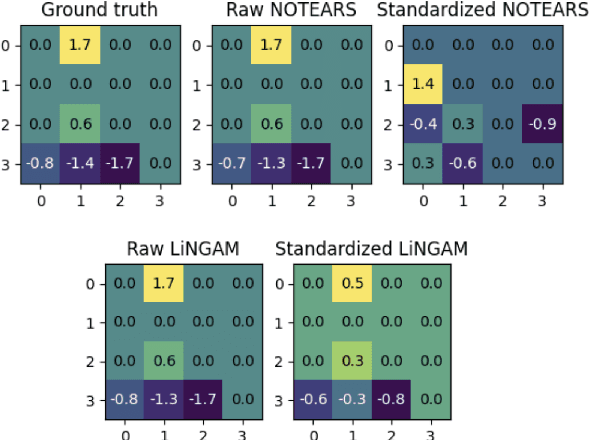
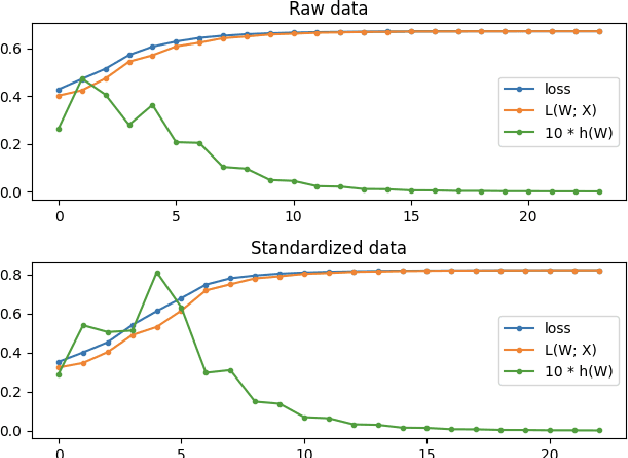
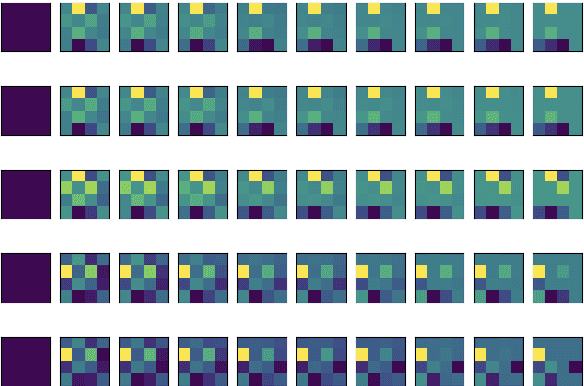

Abstract:Causal Discovery methods aim to identify a DAG structure that represents causal relationships from observational data. In this article, we stress that it is important to test such methods for robustness in practical settings. As our main example, we analyze the NOTEARS method, for which we demonstrate a lack of scale-invariance. We show that NOTEARS is a method that aims to identify a parsimonious DAG from the data that explains the residual variance. We conclude that NOTEARS is not suitable for identifying truly causal relationships from the data.
AREA: Adaptive Reference-set Based Evolutionary Algorithm for Multiobjective Optimisation
Oct 15, 2019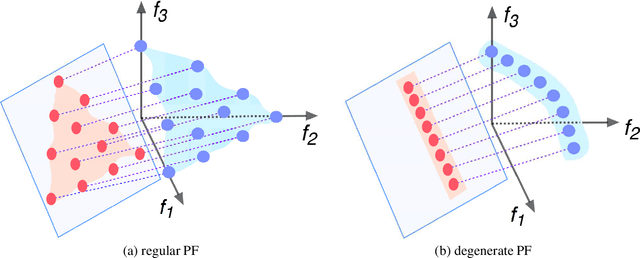

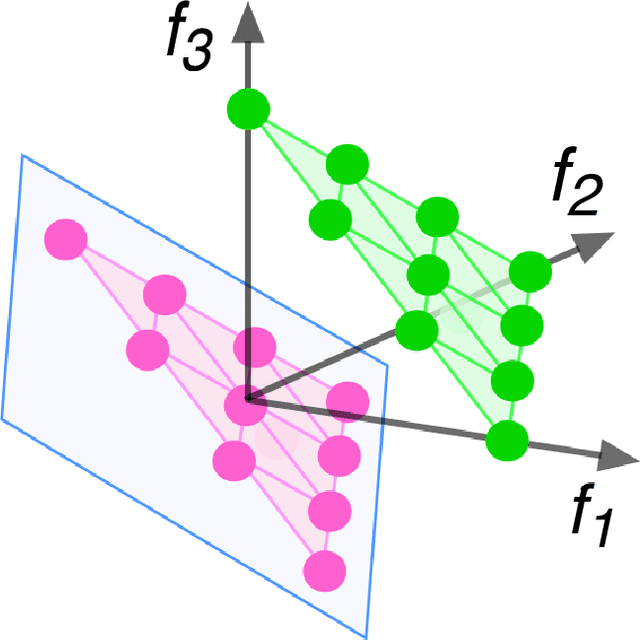

Abstract:Population-based evolutionary algorithms have great potential to handle multiobjective optimisation problems. However, these algorithms depends largely on problem characteristics, and there is a need to improve their performance for a wider range of problems. References, which are often specified by the decision maker's preference in different forms, are a very effective method to improve the performance of algorithms but have not been fully explored in literature. This paper proposes a novel framework for effective use of references to strengthen algorithms. This framework considers references as search targets which can be adjusted based on the information collected during the search. The proposed framework is combined with new strategies, such as reference adaptation and adaptive local mating, to solve different types of problems. The proposed algorithm is compared with state of the arts on a wide range of problems with diverse characteristics. The comparison and extensive sensitivity analysis demonstrate that the proposed algorithm is competitive and robust across different types of problems studied in this paper.
A Scalable Test Suite for Continuous Dynamic Multiobjective Optimisation
Mar 06, 2019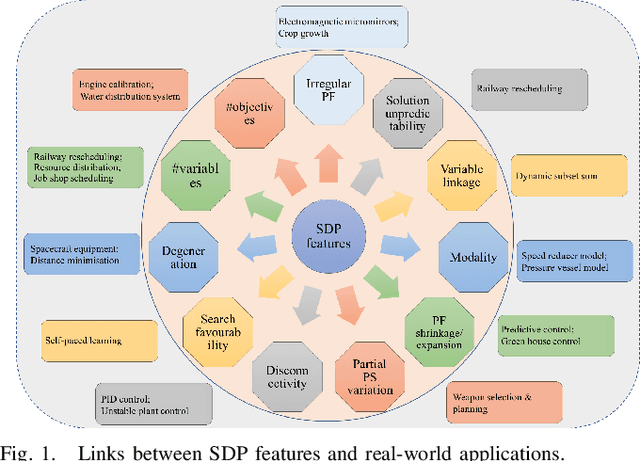
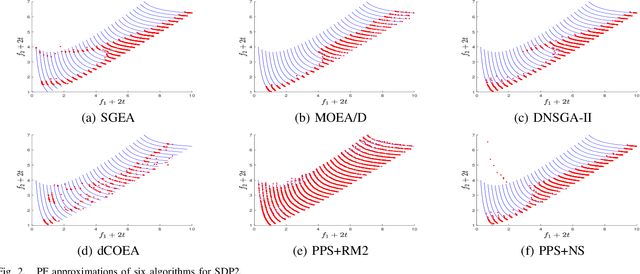
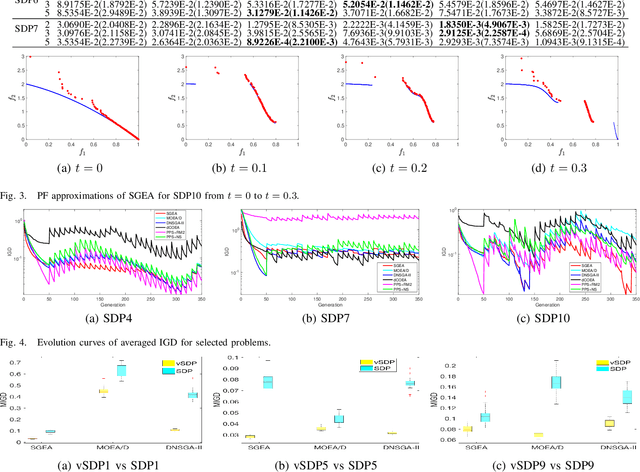

Abstract:Dynamic multiobjective optimisation has gained increasing attention in recent years. Test problems are of great importance in order to facilitate the development of advanced algorithms that can handle dynamic environments well. However, many of existing dynamic multiobjective test problems have not been rigorously constructed and analysed, which may induce some unexpected bias when they are used for algorithmic analysis. In this paper, some of these biases are identified after a review of widely used test problems. These include poor scalability of objectives and, more importantly, problematic overemphasis of static properties rather than dynamics making it difficult to draw accurate conclusion about the strengths and weaknesses of the algorithms studied. A diverse set of dynamics and features is then highlighted that a good test suite should have. We further develop a scalable continuous test suite, which includes a number of dynamics or features that have been rarely considered in literature but frequently occur in real life. It is demonstrated with empirical studies that the proposed test suite is more challenging to the dynamic multiobjective optimisation algorithms found in the literature. The test suite can also test algorithms in ways that existing test suites can not.
* 19 pages, 22 figures and 7 tables
The BioDynaMo Project
Jul 10, 2016Abstract:Computer simulations have become a very powerful tool for scientific research. Given the vast complexity that comes with many open scientific questions, a purely analytical or experimental approach is often not viable. For example, biological systems (such as the human brain) comprise an extremely complex organization and heterogeneous interactions across different spatial and temporal scales. In order to facilitate research on such problems, the BioDynaMo project (\url{https://biodynamo.web.cern.ch/}) aims at a general platform for computer simulations for biological research. Since the scientific investigations require extensive computer resources, this platform should be executable on hybrid cloud computing systems, allowing for the efficient use of state-of-the-art computing technology. This paper describes challenges during the early stages of the software development process. In particular, we describe issues regarding the implementation and the highly interdisciplinary as well as international nature of the collaboration. Moreover, we explain the methodologies, the approach, and the lessons learnt by the team during these first stages.
Virtual Electrode Recording Tool for EXtracellular potentials (VERTEX): Comparing multi-electrode recordings from simulated and biological mammalian cortical tissue
Sep 18, 2014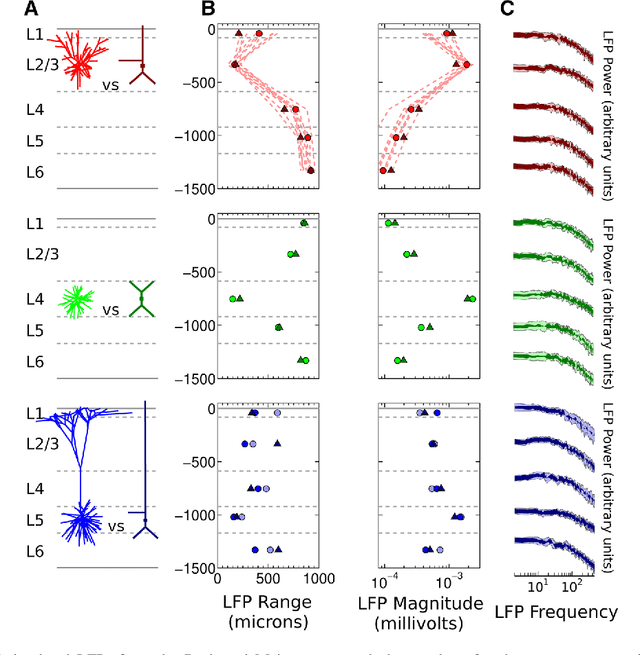



Abstract:Local field potentials (LFPs) sampled with extracellular electrodes are frequently used as a measure of population neuronal activity. However, relating such measurements to underlying neuronal behaviour and connectivity is non-trivial. To help study this link, we developed the Virtual Electrode Recording Tool for EXtracellular potentials (VERTEX). We first identified a reduced neuron model that retained the spatial and frequency filtering characteristics of extracellular potentials from neocortical neurons. We then developed VERTEX as an easy-to-use Matlab tool for simulating LFPs from large populations (>100 000 neurons). A VERTEX-based simulation successfully reproduced features of the LFPs from an in vitro multi-electrode array recording of macaque neocortical tissue. Our model, with virtual electrodes placed anywhere in 3D, allows direct comparisons with the in vitro recording setup. We envisage that VERTEX will stimulate experimentalists, clinicians, and computational neuroscientists to use models to understand the mechanisms underlying measured brain dynamics in health and disease.
Brain architecture: A design for natural computation
Feb 27, 2008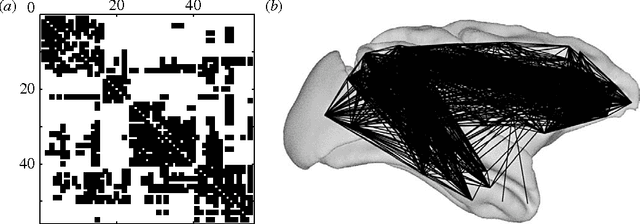
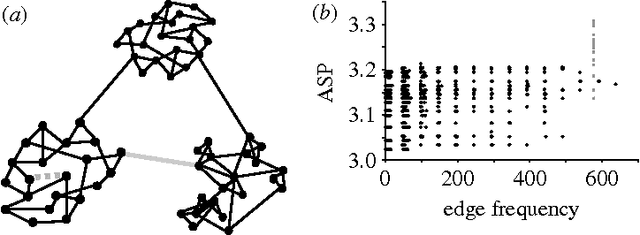
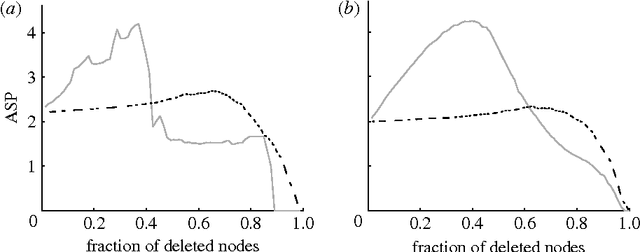
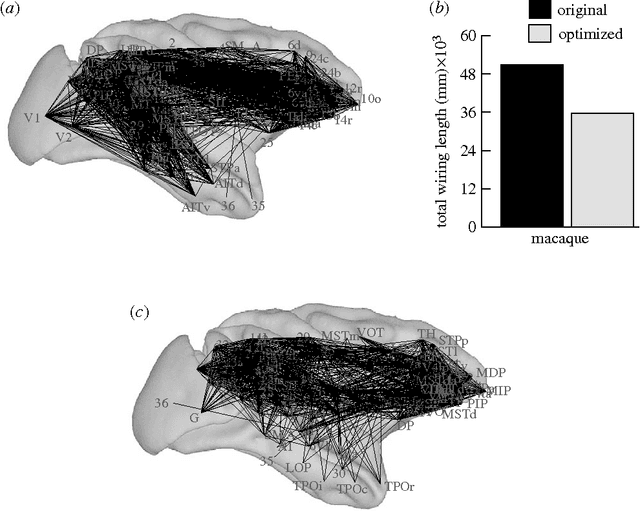
Abstract:Fifty years ago, John von Neumann compared the architecture of the brain with that of computers that he invented and which is still in use today. In those days, the organisation of computers was based on concepts of brain organisation. Here, we give an update on current results on the global organisation of neural systems. For neural systems, we outline how the spatial and topological architecture of neuronal and cortical networks facilitates robustness against failures, fast processing, and balanced network activation. Finally, we discuss mechanisms of self-organization for such architectures. After all, the organization of the brain might again inspire computer architecture.
 Add to Chrome
Add to Chrome Add to Firefox
Add to Firefox Add to Edge
Add to Edge